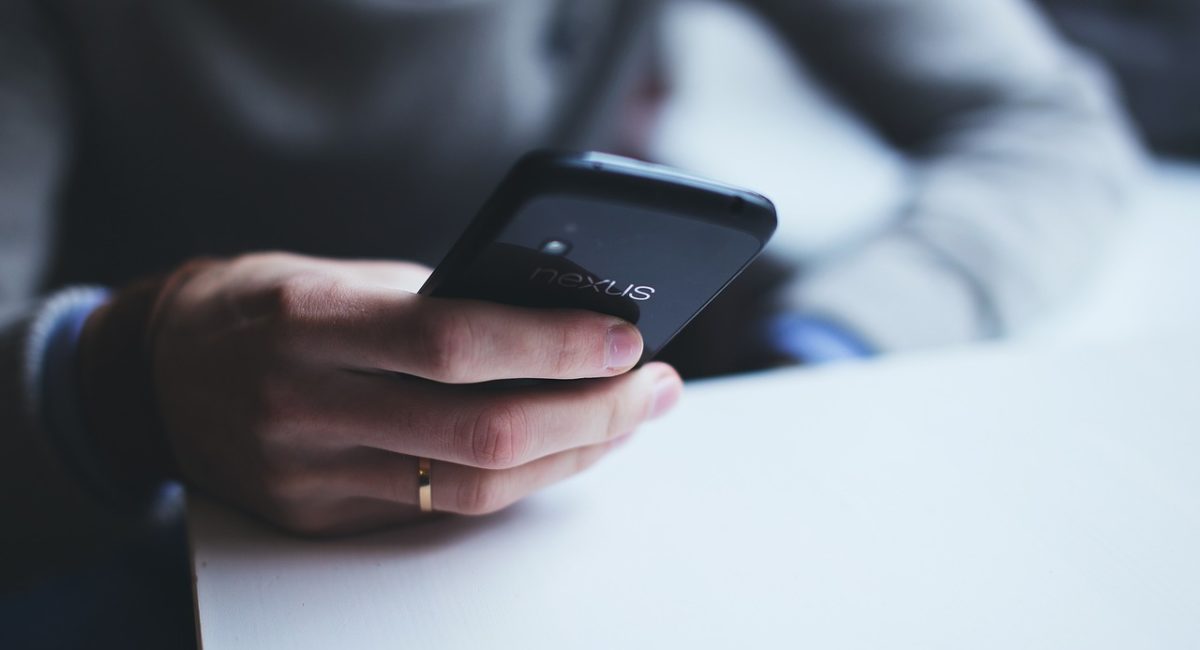Your field services company may employ the finest plumbers, electricians, contractors and other service technicians in your area. However, without the right sales techniques, it’s extremely hard to grow your business.
Key to sales are lead disposition and cadence. The term “lead disposition” refers to the methods you employ to follow up with those who respond positively to your sales pitches. That is, if a person signs up for your email list, engages with a salesperson on the phone or signals interest in any other way, he or she is a lead.
Cold calls, emails, text messages and social media messages can all be part of your lead disposition strategy. All of these communications must be simple and to the point. They should name the benefits of your products or services, and they should feature enticing phrases or images.
For its part, sales cadence is the order and frequency with which you contact potential customers. For a period of time after you make first contact — perhaps 10 days to three weeks — your sales reps must reach out to that person a number of times.
Here’s where things can get tricky. If you approach a prospect too few times, you probably won’t convince that person to hire you. Yet too many contacts can annoy the prospect, prompting him or her to avoid your messages entirely. Thus, you’ll need to find that sweet spot between too many and too few contacts. The right number will depend on your industry, your sales demographics, the level of competition in your area and other factors.
Best Practices: First Contact and Nurturing
Your lead disposition starts with a first contact. In your vicinity, you want to be the first field services company to contact a potential customer. After all, 50 percent of sales go to the first company to reach a prospect. (Note that all statistics here come from the online marketplace HomeAdvisor unless otherwise noted.)
You can make your first contacts in various ways, including cold calls, emails and social media messages. For instance, you might ask someone to connect with you on LinkedIn, or you could send a direct message on Instagram.
Once you’ve gotten in touch with someone, you must “nurture” that relationship with follow-ups. In the United States, you usually have to contact someone eight to 12 times to turn him or her into a customer. Yet, on average, sales pros only contact prospects twice.
Calling is of primary importance. It takes at least five phone conversations or voicemails before 80 percent of sales are closed. Unfortunately, 92 percent of sales reps fail to call prospects at least five times.
Not to mention, it can take several cold calls, perhaps as many as 15, before you even reach a customer.
Emailing is crucial as well. Indeed, you can increase your contact rate by 16 percent if you send emails between calls.
For optimal lead disposition, your communications should contain informative and persuasive content. For instance, your calls and emails could emphasize your low prices. That’s because 74 percent of surveyed homeowners say that being offered the lowest price is important to them. Likewise, if applicable, stress that all of your employees have passed criminal and financial background checks; such checks are significant to 78 percent of surveyed homeowners.
Additionally, your calls and emails could direct potential customers to positive online reviews, rankings and scores from previous customers. A full 86 percent of surveyed homeowners feel that high ratings or scores from past customers are important, and 81 percent find great value in customer reviews.
Another helpful action is sending estimates to prospects. Emails are ideal for these documents. In fact, 63 percent of homeowners prefer emailed estimates to hard copies.
Your communications should also include a clear call to action. That is, you should tell people something like “register on our website” or “schedule a meeting with us.”
Testing and Refining
You probably won’t master cadence on the first attempt. Trial and error are part of best practices here.
Therefore, keep studying your analytics. Find out which frequencies, days and times garner the most responses, conversions and sales.
You may discover that more spaced-out intervals work better. For example, you might reach consumers with an email first, and proceed to contact them with a call and an email every other day for 10 days.
Perhaps a more concentrated strategy would be right for you. You might send someone a first contact email and, on the same day, a social media message. Then, over a 10-day period, you could try two contacts per day.
Always respond quickly to consumers who reply. Email them personalized information right away, and get on the phone with them as soon as possible. After all, 68 percent of homeowners hire field service pros based on their responsiveness.
When people aren’t responding, you might keep contacting them for a somewhat longer duration — two or three weeks, say. Maybe by the end of that period, they’ll be further along in the buying cycle.
In all of this, specialized software can be extremely valuable. Field service software from mHelpDesk, for example, will give your sales pros effective timelines to follow. It will keep track of which homeowners have been contacted and how many times, and it’ll tell you who should be contacted on any given day. It can send automated emails and text messages. It’ll also generate leads, supply estimate templates, provide comprehensive analytics data and handle many other tasks besides.
With persistent and engaging salespeople, a lead disposition plan, persuasive messaging, the right cadence, and advanced software to help you plan, analyze and organize all of these efforts, your company will be best positioned for long-term success. You should keep winning over new customers at a steady rate for years to come.
Make your customer communication so much easier
mHelpDesk’s automated text messages and emails free you from having to manually send your regular communications with your customers. Take a look at how it works by scheduling your free demo today!

Last modified: September 10, 2019







